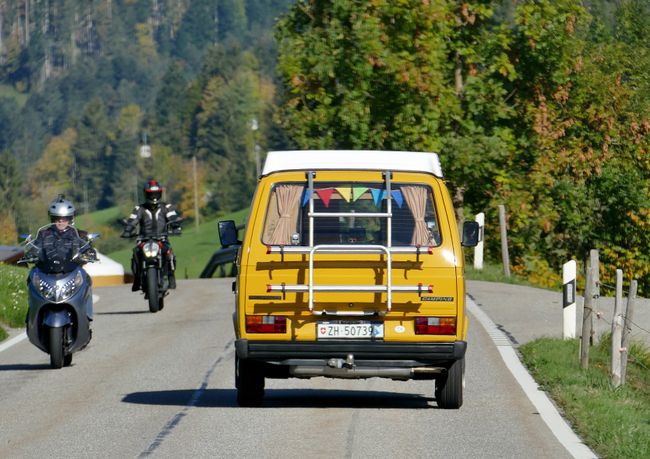
emilyontour
vakantio.de/emilyontour
Where does the smell of gasoline come from? 10/4/2019
Ebimisami: 17.11.2019
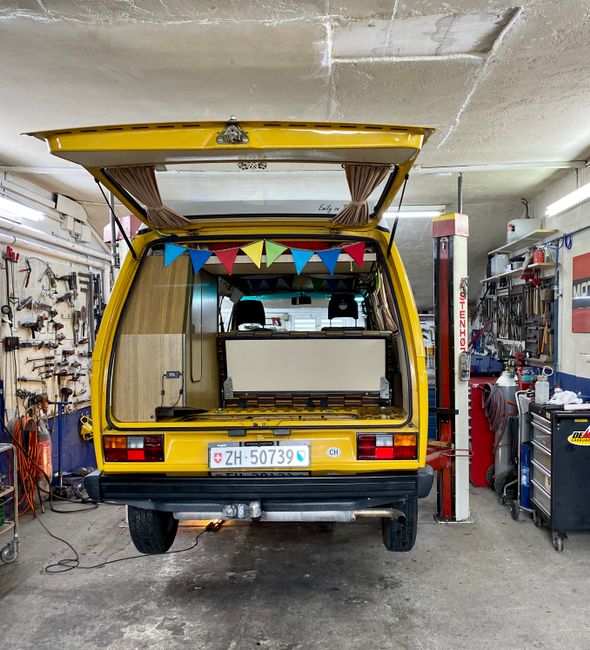
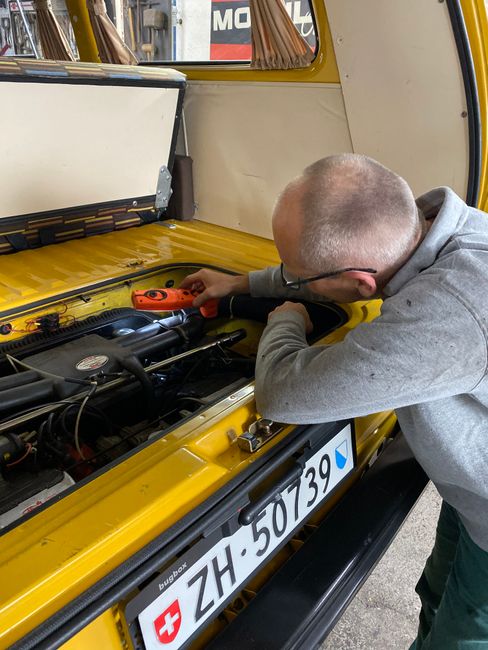
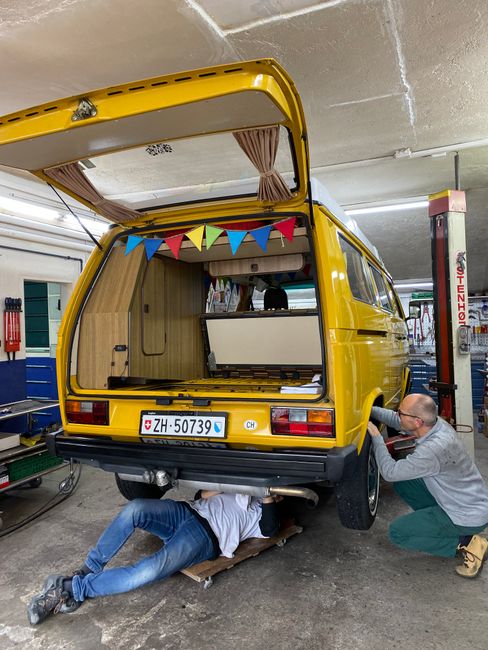
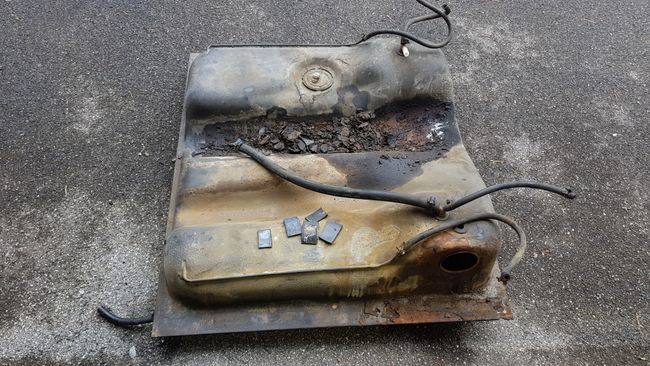
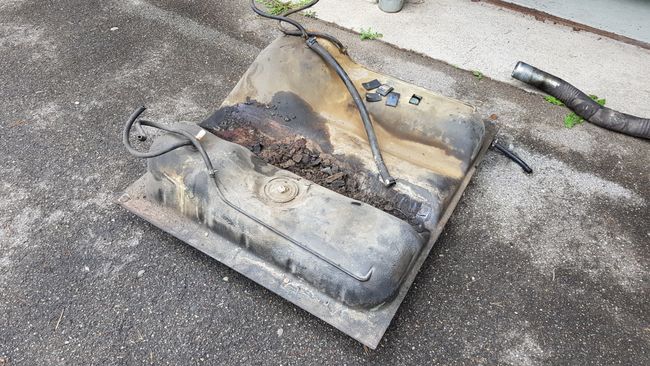
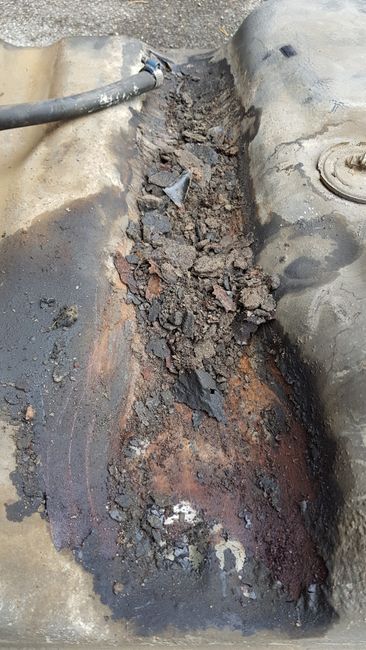
Abonnez-vous na Bulletin ya Sango
We had been wondering about that for a while and bought new heat exchangers for almost 1,000 CHF, assuming that could be the cause.
But then it should smell like exhaust, right? After all, the smell wasn't as strong when we were driving in Italy.
So we reserved the lift to crawl under the car and try to find the source. First, we cleaned everything in the engine compartment with brake cleaner and then went for a drive. Luckily, everything stayed dry. So it must be coming from somewhere else.
The pipes leading to the vent tanks were wet at the front wheel arches, that must be where it's coming from. So we went back home and I searched for diagrams to understand the fuel system. It didn't leave me alone and I decided to completely remove the fuel tank to inspect and replace all fuel lines and seals if necessary.
So I jacked up the car and put on my overalls. The removal was relatively easy, I had already watched a few video tutorials and knew what to expect. But what I saw then shocked me quite a bit.
Above the tank, there is the paper tube for the warm air. And between this and the tank, everything was packed with sand and dirt. It acted like an abrasive and caused severe rusting of the tank and several holes.
So when filling up the tank, the gasoline would leak out from the top and soak the ventilation hose. It's a miracle that it never ignited!
Now Emily has a new tank, all lines, seals, and brackets have been replaced, and the warm air no longer smells.
Does anyone need two heat exchangers, perhaps? 😊
Berni 🧔🏻
Abonnez-vous na Bulletin ya Sango
Eyano
